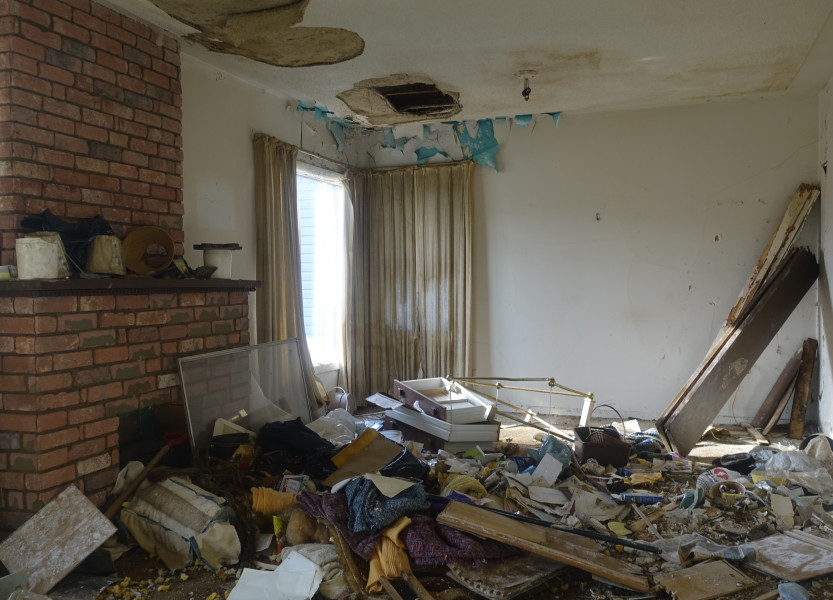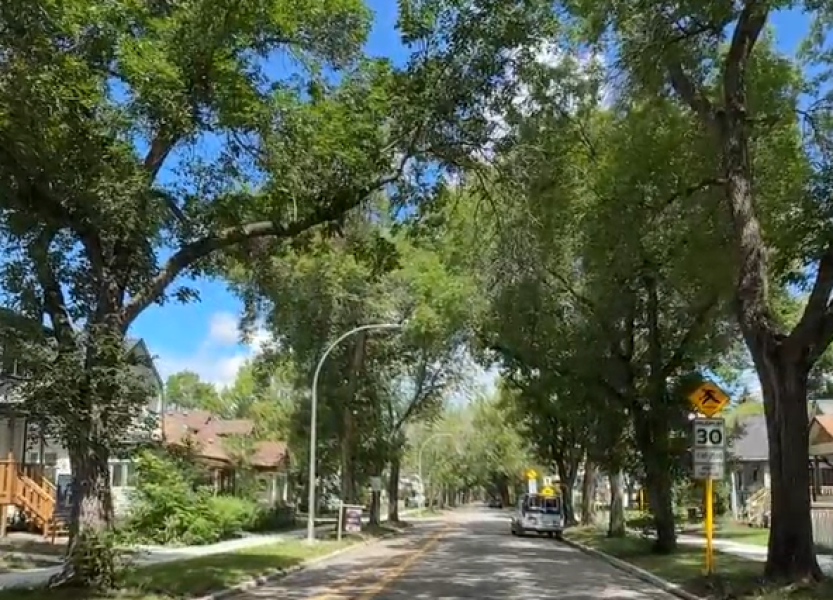Alberta Avenue and McCauley, two historic neighbourhoods in Edmonton, have witnessed significant transformations since their early days in the late 19th century when their population was only up to 1,000 residents.
Established in 1894 as a small two-block area outside Edmonton’s town limits, Alberta Avenue gradually evolved during the prairie’s land boom, featuring a layout of charming bungalows and two-story houses.
Meanwhile, McCauley, named after the city’s first mayor, Matthew McCauley, also saw development during the early 1900s with a streetcar line. By 1912, the extension of the streetcar line reached the heart of McCauley, prompting further growth and progress in the neighbourhood.
As both communities navigate the natural neighbourhood cycles of growth, stability, and maturity, they have undergone revitalization initiatives spearheaded by local organizations and the city of Edmonton.
Alberta Avenue, in particular, has emerged as a vibrant hub for artists and cultural activities, with The Nina Haggerty Centre for the Arts on 118th Avenue. The community also annually celebrates the Kaleido Family Arts Festival and the Deep Freeze Winter Festival, reflecting a commitment on artistic endeavours.
McCauley has experienced remarkable development, notably within Little Italy, fostering a flourishing business scene. Key amenities, including the Commonwealth Recreation Centre, have further enhanced the neighbourhood’s appeal.
The city has also invested in improvements to infrastructure, safety measures, and local amenities with their Avenue Initiative and McCauley Revitalization efforts, ensuring these areas continue to thrive.
The residential real estate landscape in McCauley and Alberta Avenue has experienced changes in recent years, mirroring the shifting dynamics of these neighbourhoods. While the progress has been slower in this regard, some data reveals promising signs of revitalization.
Examining building permit data, the period between 2012 and 2017 witnessed a modest number of permits issued, with only 9 in McCauley and 29 in Alberta Avenue for single, semi-detached, and row housing.
However, a noteworthy shift occurred from 2018 to 2023, with McCauley experiencing a nearly doubled issuance of permits, reaching 16, while Alberta Avenue more than doubled with 79 permits. This surge signals a substantial increase in the development of various housing types, highlighting a period of accelerated growth.
Beyond building permits, the data obtained from our realtor on residential property sales tells a compelling story. Over the past five years, single-family home sales have shown a steady increase of about 20% in both McCauley and Alberta Avenue.
Particularly, the composition of these property sales has evolved, emphasizing a surge in newer builds as the neighbourhoods undergo redevelopment. For instance, in 2019, all of the 27 properties sold in McCauley were constructed in the 1930s, except one from 2005.
Conversely, last year’s data, reflecting 33 home sales, revealed a notable shift, with eight homes sold built in the 2000s. This trend shows the entry of newer builds into the real estate market, reflecting the rise of infill developments in these neighbourhoods.
In 2020, Project 10 of the Edmonton Community Development Company was born out of the desire to contribute to the revitalization of problem properties. The organization saw the slow progress of residential development and proactively sought to acquire derelict properties and build new homes for families.
As we reflect on the evolution of these neighbourhoods, it’s clear that community-focused initiatives by local organizations, along with investments in infrastructure from the city contribute to the positive changes in McCauley and Alberta Avenue’s real estate market. This plays a pivotal role in nurturing the resilience and adaptability of mature communities.






